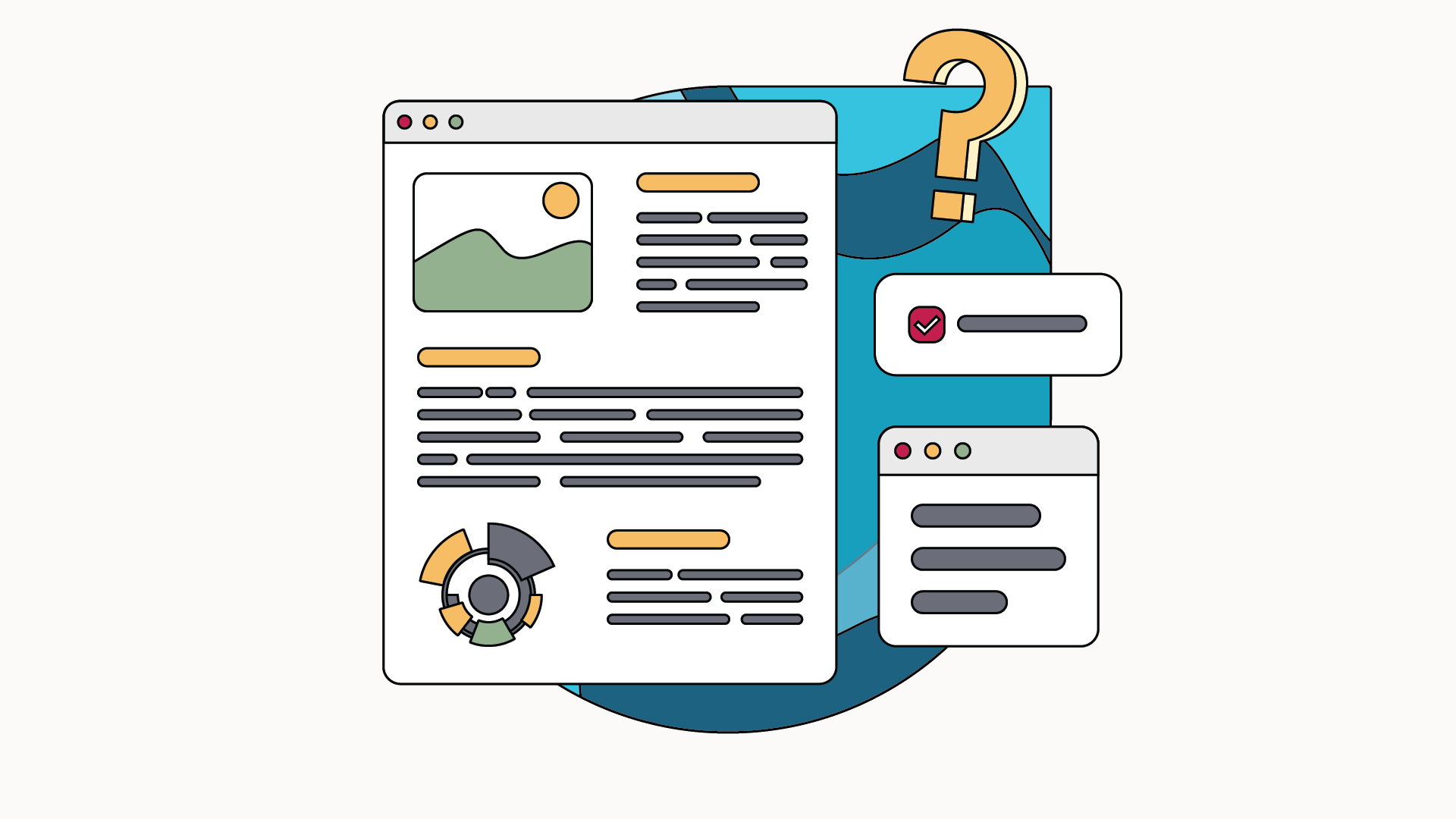Memorization is one of the crucial challenges of a training approach, especially in e-learning. Here are some best practices for improving memory through memory anchoring.
Our brains can't remember everything! In a study conducted by Research Insistute of America 2014, it has been shown that the retention rate in e-learning is between 25% and 60%, while in person the rate is reduced to around 8% to 10%.
Not remembering everything is therefore a natural phenomenon, even for people who are used to learning. This phenomenon has even been studied by the psychologist Ebbinghaus. (1850-1909) and modelled through the Oblivion curve.
However, there are some practices that promote learning and that we will explore in this article.
Offer a global overview of the training
At the beginning of each new session and each new online training module, it may be appropriate to present the overall process so that the learner can locate himself at each stage of the learning scenario and thus improve his memory.
This overview can take the form of a table of contents or a navigation menu. When designing the training, it will therefore be essential to ask the question of wherefore of a chapter or a module and this wherefore should be explained clearly and precisely.
With a detailed learning scenario for learners, their Memorization rate will be higher because they will have the impression of moving forward step by step by validating achievements or assimilating new knowledge. Elements of Gamification like a progress bar can be implemented to play on the mechanics of frustration/motivation/reward.
Split learning to improve memory
In order to improve memory, the trainer should split the training into learning micromodules which will be more easily assimilated, less impressive at first glance and which will allow better memorization. This is called the microlearning.
To improve the division, it is necessary to ensure that each module has a very specific purpose and meets a well-defined objective. Presenting one to two key pieces of information per screen also allows the learner to focus on it without getting lost in superfluous information. Finally, concluding each chapter and module with summary summaries to download can also help the learner.
Repeat important information
Memory would eliminate 80% of the information received in 24 hours. To combat this mechanism and improve memory, it is necessary to encourage repetition because this technique of transmitting knowledge promotes short-term memory.
However, care must be taken with the timing of the rehearsal: the time between repetitions must vary and be spaced enough to prevent the practice from becoming monotonous. Thus, increasing the time intervals between repetitions also increases the difficulty and requires the brain to make an effort to remember what it has learned.
Repetition can take different forms: a “to remember” block at the end of the session, a mini-quiz for each subject or even a summary video.
Vary the formats to improve memory
As part of a training course, to improve learning, do not hesitate to present the same training in different forms: theoretical lesson, practical case, quiz, video, image, diagram, audio file... The diversity of formats will help the learner to remember the training and to link the contents with previously acquired knowledge.
According to neuroscientists, the mixture and diversity of content are more effective ways to improve memory!




